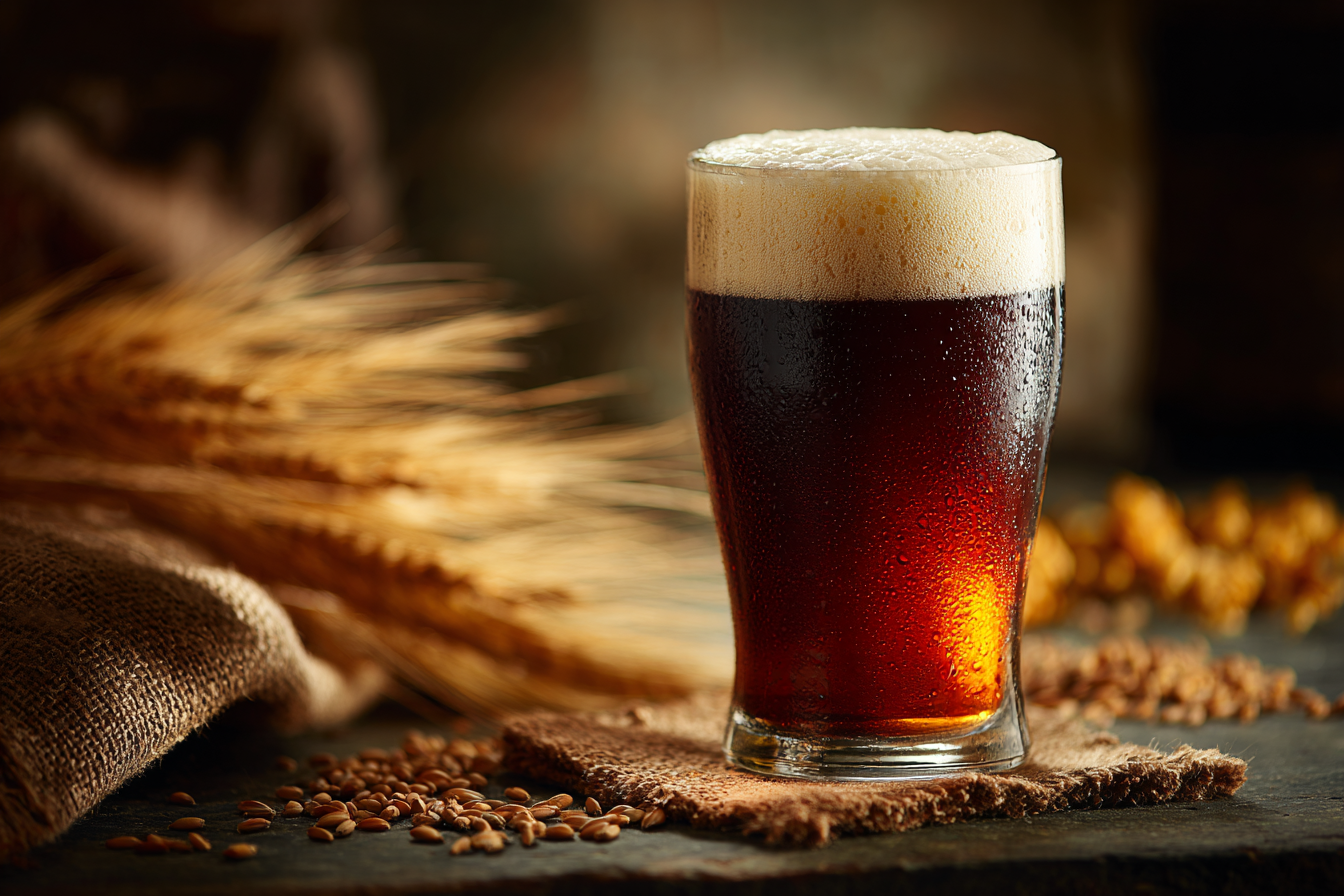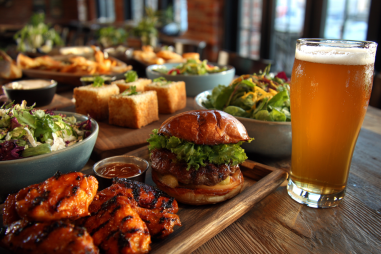American Red Ale has carved a unique niche in the craft beer landscape, renowned for its harmonious blend of malt sweetness and hop bitterness. If you’ve ever wondered what makes this style so appealing or how to identify its flavor nuances, you’re in the right place. In this article, we explore the defining characteristics of American Red Ale’s flavor profile, revealing the elements that make it a versatile and enjoyable beer style for many enthusiasts.
Understanding the Malt Backbone and Caramel Notes
The backbone of any American Red Ale lies in its malt composition. This beer style typically showcases a rich malt bill that leans heavily on caramel and crystal malts. These malts impart a deep amber to reddish hue, which is as much a visual signature as it is a flavor one.
When you take a sip, expect to encounter pronounced caramel notes that offer a sweet, toasted sugar flavor. These caramel nuances can range from light to medium intensity, sometimes presenting hints of toffee, burnt sugar, or molasses. This malt sweetness provides a smooth, often slightly syrupy base that balances beautifully against the bittering hops.
Hop Bitterness and Aroma Profiles
Contrasting the sweet malt backbone, American Red Ale features a moderate hop bitterness that offers balance and complexity. Typically, American hop varieties such as Cascade, Centennial, or Amarillo are used. These hops contribute a resinous, piney, or citrusy character that elevates the beer beyond just sweetness.
The bitterness level in American Red Ales usually lands between moderate to moderately high but never overwhelms the malt. On the nose, the hop aroma tends to present fresh, floral, and sometimes slightly spicy notes, making the beer inviting and approachable. This interplay between caramel malts and vibrant American hops defines the beer’s core character and makes it a favorite among craft beer drinkers who enjoy balance in their brews.
Yeast Contributions to Flavor Complexity
While malt and hops are front and center in defining American Red Ale’s flavor, yeast also plays a subtle yet essential role. Generally, clean American ale yeast strains are employed, which means the yeast contributes minimal fruity esters or phenols compared to other ale styles.
This clean fermentation profile allows the malt and hops to shine without distraction. However, depending on the brewery’s approach, you may detect faint hints of floral or slightly fruity yeast notes, adding complexity to the overall flavor profile. This subtle yeast character provides depth without overpowering the beer’s malt-hop balance.
Mouthfeel and Body Description
The mouthfeel of an American Red Ale is medium-bodied, offering a satisfying and smooth texture that’s neither too heavy nor too light. Its moderate carbonation adds a lively fizz that cleanses the palate, making it easy to drink beer by beer.
This balance means it’s substantial enough to carry the malt sweetness, yet refreshing enough to prevent cloying feelings. The finish tends to be clean, with a lingering hop bitterness that encourages you to take the next sip.
Common Variations and Substyles
While American Red Ale is fairly defined by its malt-hop interplay, you’ll find variations that showcase different aspects:
- Imperial Red Ale: This stronger, more intense version boasts higher alcohol content and amplified malt and hop characteristics. Expect more robust caramel flavors alongside elevated bitterness.
- Session Red Ale: A lower-alcohol twist that retains the flavorful malt and hop balance but with a lighter body and less intensity, ideal for extended drinking sessions.
- Hop-Forward Red Ale: Some brewers choose to push the hop presence, incorporating more aggressive, citrusy, or floral hop additions, making the beer a bit more one-dimensional on the hop side but still anchored by red malt sweetness.
- Malty Red Ale: These emphasize malt sweetness and caramel, sometimes bordering on brown ale territory with very restrained hops.
Pairing American Red Ale Flavors with Food
The flavor profile of American Red Ale lends itself beautifully to a wide range of food pairings due to its balanced sweetness and moderate bitterness. Here are some tasty options:
- Grilled Meats: The caramel malt notes complement the char and smoky flavors of grilled chicken, pork ribs, or burgers.
- Barbecue: The subtle hop bitterness cuts through rich, tangy barbecue sauces, enhancing the overall eating experience.
- Cheeses: Medium-firm cheeses like sharp cheddar, gouda, or smoked cheeses pair excellently.
- Spicy Foods: The malt sweetness balances spicy heat in dishes like buffalo wings or Mexican cuisine.
- Roasted Vegetables and Nuts: The slight toasted character of roasted veggies or nuts echoes the malt profile for a complementary match.
How to Identify Quality in Commercially Available Red Ales
When browsing shelves or taps, recognizing a quality American Red Ale involves a few key pointers:
- Appearance: Look for a clear, deep amber to reddish-brown color with a creamy head that leaves a nice lacing on the glass.
- Aroma: Expect a balanced scent combining caramel, light toasted malt, subtle floral or citrus hops, and clean yeast notes.
- Flavor: A great American Red Ale will harmonize malt sweetness with a crisp hop bitterness, without either side overpowering the other.
- Aftertaste: The finish should be clean, pleasant, and slightly bitter, encouraging further sips.
- Freshness: Since hops can degrade over time, fresher beers will have brighter hop aromas and flavors.
Keep in mind that many craft breweries put their own spin on this style, so tasting several brands can help you appreciate the spectrum of what American Red Ale can offer.
Savoring the Taste of American Red Ale
American Red Ale is an outstanding beer style that bridges the malt-forward traditions of classic ales with the vibrant hoppiness of American craft brewing. Its approachable balance of caramel sweetness and hop bitterness makes it versatile, enjoyable, and a perfect gateway for those exploring craft beers.
Whether you’re savoring a sessionable pint, sharing an imperial version, or trying your hand at food pairings, understanding its flavor profile enhances your appreciation. So next time you encounter an American Red Ale, take a moment to observe, smell, and taste its distinctive characteristics — you might just find your new favorite brew style.







